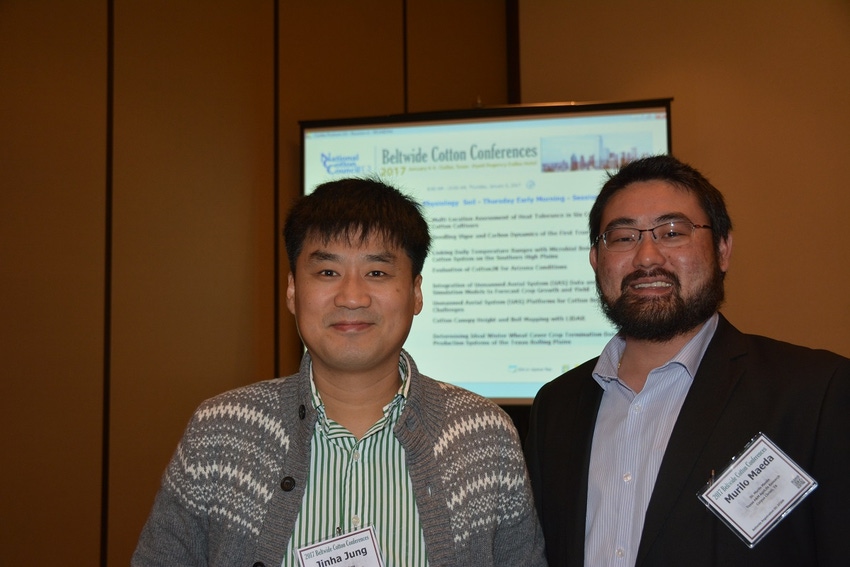
UAS technology meshing data with cotton crop models
Unmanned aerial vehicles (UAVs) are proving beneficial in evaluating crop potential in season and are becoming useful tools for evaluating cultivars in variety trials, according to reports from the Beltwide Cotton Conferences held recently in Dallas.

Unmanned Aerial Vehicles (UAVs or drones) are becoming important tools for agricultural research, as well as the expected and already proven uses such as scouting tools to aid producers and crop consultants in identifying weak spots in fields, disease infestations, weed escapes, and other in-season field observations.
Now, agricultural researchers are employing what they refer to as Unmanned Aerial System (UAS) platforms, to help evaluate agricultural research and to mesh UAS data with crop modeling technology to predict plant growth and yield potential and to evaluate breeding lines in variety trial plots.
Two presentations at the recent Beltwide Cotton Conferences at Dallas offer insight into how agricultural researchers may improve efficiency by using unmanned aerial vehicles.
Jinha Jung, Texas AgriLife Research, Corpus Christi, reported on UAS potential to mesh data with the cotton crop simulation modeling technology, GOSSYM, to improve potential to forecast crop growth and yield.
Jung said GOSSYM considers soil type, cultural practices, weather. and other factors to evaluate crop potential in season. He works with Juan Landivar, Texas AgriLife Research, to transfer data from the UAS platform into the crop model to improve data for analysis.
CANOPY AND YIELD
The UAV analyzes plant height, crop canopy, and other growth factors from data collected with two flights per week during the growing season.
“We’re using remote sensing and the GOSSYM model to evaluate three varieties in the test,” Jung says. “We’re looking at water stress and other factors.” He says findings show that, under water stress, bigger canopies produce less yield than medium canopies. Other trials will evaluate different elements in cotton production.
Murilo Maeda, also with AgriLife Research at Corpus Christi, is evaluating the UAS platform in conjunction with a crop simulation model to evaluate breeding lines in the field. “The UAS technology allows us to see cultivars in the field and evaluate them,” he says. “We look for various traits including environmental stress tolerance, plant height, bloom counts, cotton boll counts and other crop traits.”
They transfer that information into a crop simulation model to evaluate varieties under various production regimes. In 2016, Maeda and his group evaluated 31 entries and two water regimes in four replications in two-row plots. “This technology has great potential for plant breeders,” he says.
About the Author(s)
You May Also Like





